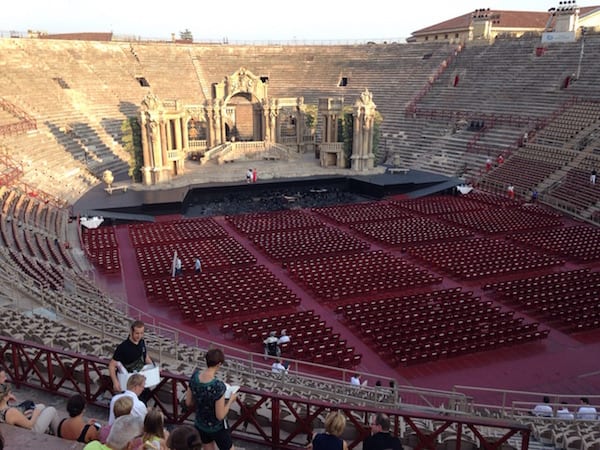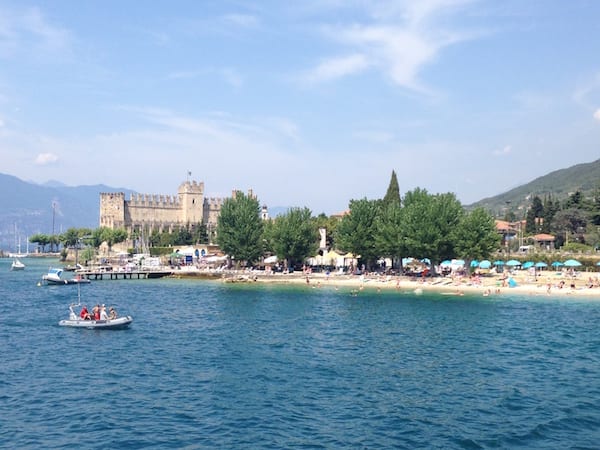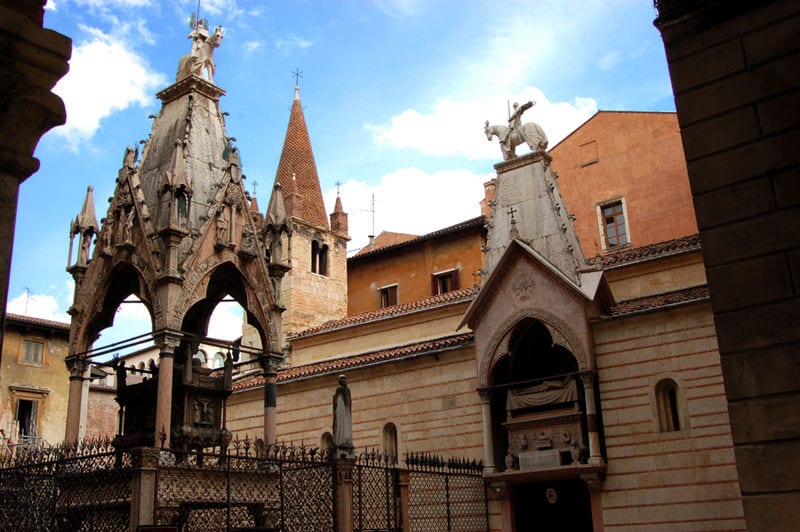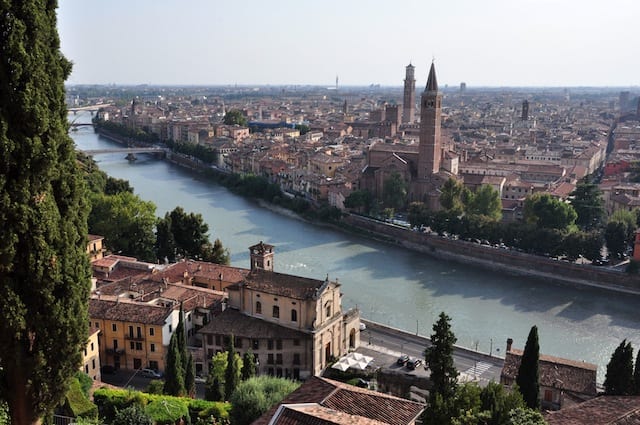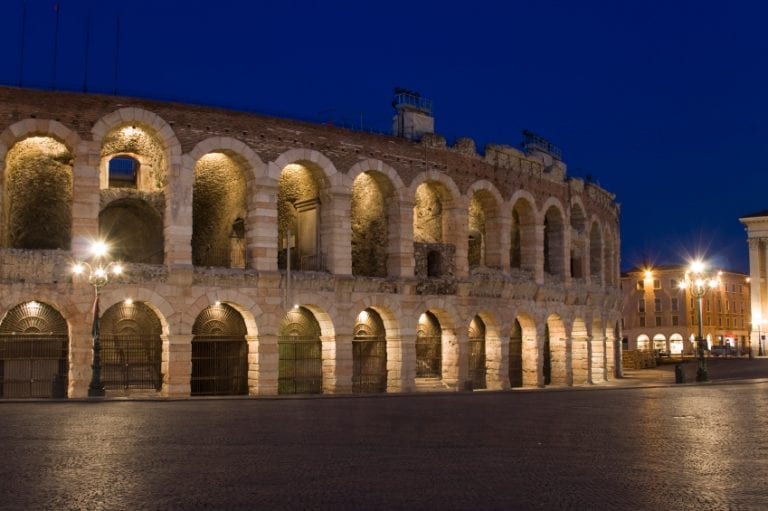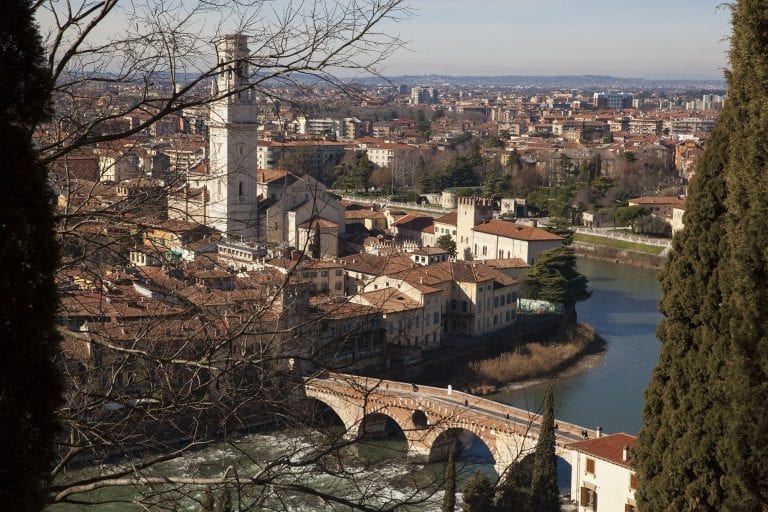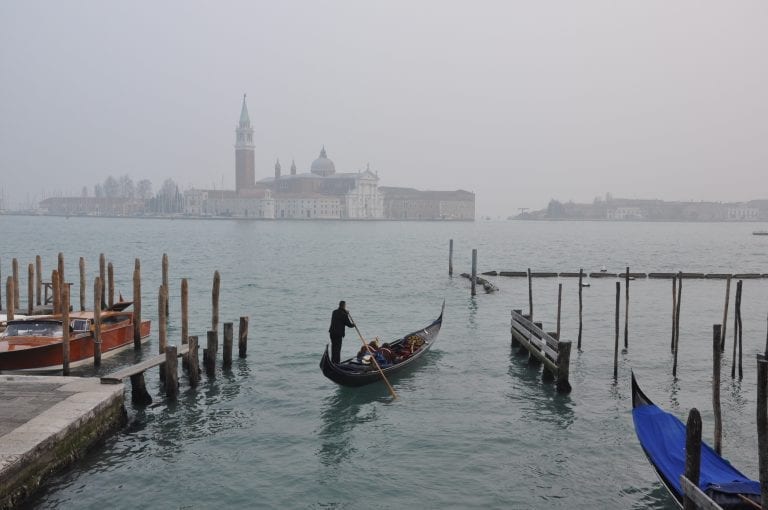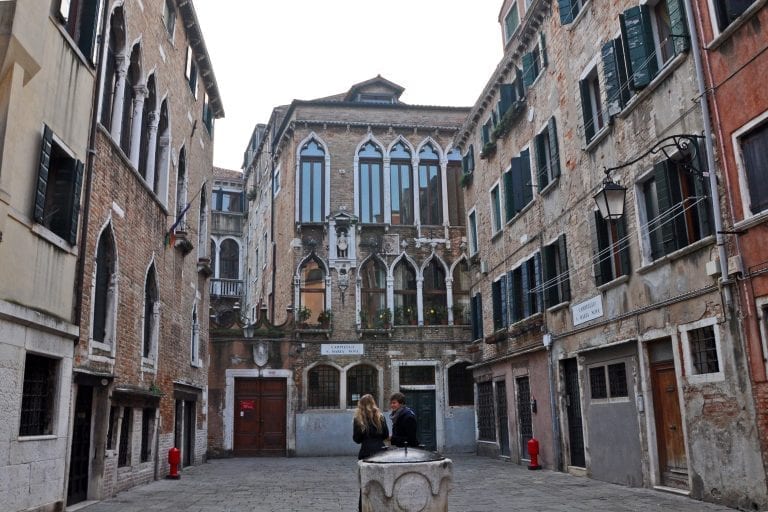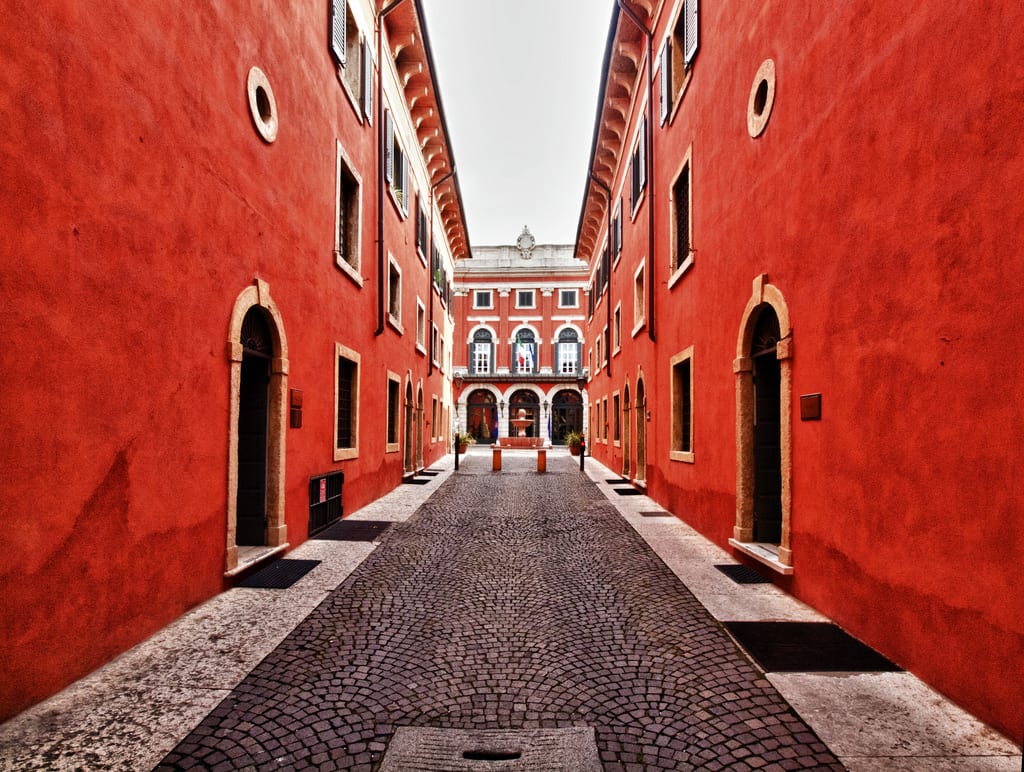
Things to do In Verona, Northern Italy’s Hidden Gem
February 16, 2023
Verona is one of northern Italy’s most beautiful small cities and its packed full of awe-inspiring sites and things to do. It’s also consistently underrated and overlooked by travelers, who often skip it to hit Milan or Venice. But their loss is your gain – from the rich culture and beautiful architecture, to intriguing history and unique cuisine, there are so many things to do in Verona it’s gaining popularity as a base for people who like to spend extended vacations in Italy. Of course it’s also known as one of the most romantic cities in the world due to its association with Romeo and Juliet, but it has inspired more than just Shakespeare; many important people are associated with the town like Goethe who passed through in his travels, Julius Caesar who vacationed here, and Dante who featured it in his works and was even buried here.
What stands out about Verona above all else is its beautifully-preserved ancient, medieval, and Renaissance architecture. The city center alone has probably the best collection of Roman buildings in Northern Italy. This incredible inheritance won it UNESCO World Heritage Site status in 2000 and continues to make it a must-visit for anyone interested in the cultural history of Europe. Its location nestled between the Alps to the north and the banks of Lake Garda to the south also makes it an ideal base to explore the region, especially for families looking for diverse experiences during a long vacation. So if you want to step off the beaten path and discover an under-appreciated gem, it’s time to examine the Walks of Italy Verona Travel Guide.
And if you want to see the City with an expert local guide, check out our Verona Day Trip from Venice.
Table of Contents
ToggleWhat to do in Verona
See an opera
Without question, the first thing to do in Verona if you want to gain an appreciation for the soul of the city is to go see an opera. The summer opera season hosted in Verona’s gorgeous, ancient amphitheater is a unique way to experience Roman architecture the way it was mean to be experienced, as a spectator. Imagine seeing a concert in Rome’s Colosseum – Verona’s is only slightly smaller – with 15,000 other people sitting in rapt attention. Plus, the operas held here are inexpensive, fun, and more laid back than those in Vienna or Milan. Interested? Read more about how to attend an opera in the beautiful Arena di Verona.
Explore the wine routes
If you’re looking for more active things to do in Verona, turn your gaze to the hills: the countryside around the town is known for its excellent wine production, featuring world-famous wines like Soave and Valpolicella. Verona also founded Vinitaly, an annual event dedicated to wine production that brings professionals from throughout the world to the region to taste, talk and learn about excellent wines. You can check it out in April, or if you’re going to be there any other time of year, Rent a bike and grab a map to go off in search of some of the area’s best and most accessible wineries.
Taste local specialties, Including donkey (we swear)
Like all Italian cities, Verona has its own unique cuisine that proudly features regional and local specialties. Though the dishes are typically simple, the high quality ingredients make them second to none. Pair the region’s best wines with a hearty ragù (meat sauce). You can’t visit Verona without trying the donkey ragù, which is one of the city’s trademarks. It may sound strange but it is utterly delicious, with a depth of flavor that rivals any other type of ragu in Italy. You can also enjoy traditional dishes made with freshwater fish from Lake Garda. If all else fails, you can’t leave the city without sampling roasted chestnuts, truffles, (but only in the late autumn and early winter) and of course, tortellini pasta.
Take the kids to Gardaland
If you’re looking for a bit more action or some fun with the children, head to Gardaland, the area’s largest amusement park. Only about 30 kilometers from Verona, the park is an easy and fun day trip from the city. You can travel by car or take a train to Peschiera del Garda (on the Milan-Venice railway line). From there Gardaland offers a free roundtrip shuttle service every 30 minutes.
Enjoy Sports on Lake Garda
Lake Garda is Italy’s largest lake and a prime location for water sports, making it a great day trip from Verona. (It’s even one of our top picks for outdoor sport locations in Italy!) It’s packed full of things to do and its enormous size and reliable winds make it a popular lake for windsurfing, kitesurfing and sailing. Visitors can also go fishing, diving, canoeing or waterskiing. The lake is also one of the most popular spots in the area for cyclists, since the scenery can’t be beat. If you’re looking for something a bit more relaxing, head to one of the many free beaches that dot the lake and set up camp. The sunshine, fresh food and mountain landscapes are a holiday in and of themselves.
What to see in Verona
Verona Arena
Perhaps the most impressive thing to see in Verona is the Coliseum-like Verona Arena. Located in the main square of Verona, Piazza Bra, the arena is a beautifully preserved reminder of Roman rule. Slightly smaller than the Colosseum in Rome, Its construction actually predates the Colosseum by about 50 years, and unlike its more famous cousin, it’s still in regular use. Although the ancient structure once held 30,000 people, today the numbers are held to “only” 15,000 for safety purposes. The other main change is that the amphitheatre no longer hosts the gladiator games, equestrian events, and other assorted blood sports that attracted the Romans. Instead each summer people fill the ancient stands for concerts and and operas. For tickets just check the performance schedule on the Verona Arena’s Web Site.
Casa di Giulietta (Home of Juliet)
Literary lovers and romantics alike can enjoy Verona’s top attraction: Juliet’s house from the Shakespeare’s classic, Romeo and Juliet. Visitors can stop in the courtyard to see a replica of the balcony that Romeo stood under night after night to woo Juliet. It’s said that Verona’s top ruling family during the time period, the Scaligeri, might have been a part of the Shakespeare’s inspiration for the drama. Whatever the case, Verona had a strong pull on the writer: Three of Shakespeare’s plays are likely set in the city: besides Romeo and Juliet there’s The Two Gentlemen of Verona, and The Taming of the Shrew.
Piazza Bra and Piazza delle Erbe
When visiting Verona you can’t skip over its two biggest Piazzas. Piazza Bra is the largest piazza in the city (indeed, one of the largest in Europe) as well as the beating heart of its civic life. Here you’ll find the town hall, Palazzo Barbieri, and the Arena. There are also vibrant examples of Verona’s strong café culture among the dozens of restaurants and coffee shops lining the piazza. Even though, like the establishments along all the squares in Europe, they are a bit overpriced, we love to sip an espresso in any of them while people watching. Once you have gotten your fill head to the Piazza delle Erbe, where you’ll see the famous Mazzanti Houses whose facades are decorated with 16th-century frescoes.
While in the Piazza delle Erbe, look for the arch with a large whalebone dangling from it. Nobody knows exactly why the bone was hung or who hung it from Arco della Costa, (Literally: Arch of the Rib) but it has been there for centuries. Some say it’s a religious relic, others that it’s simply an ad for the ancient pharmacy that is still operating underneath it. The most popular legend, however, is that it will fall only when someone walks under it who is pure of heart. This person is sometimes described as one who has never told a lie or alternately a virgin. Either way, it’s still hanging – perhaps all the more ironic because it connects the Piazza with the city’s magistrate offices, Palazzo della Ragione, or House of Reason!
Basilica di San Zeno
The Basilica of San Zeno houses the tomb of St. Zeno, Verona’s first bishop. Construction on the church began in the 10th century but the Romanesque-style building that you see today wasn’t completed until the 14th. It’s creamy white tuff stone facade became a model for many other buildings in Verona and its influence extends far beyond the architectural: Dante mentioned its bell tower in Canto 18 of Purgatory in the Divine Comedy and it is also said to be Romeo and Juliet’s wedding church. Aside from the exquisite beauty of the interior, the main attraction is the rose window that has its roots in Greek/Roman mythology. Called a Wheel of Fortune or Ruota della Fortuna, it is a tool of the goddess Fortuna (Tyche, in Greek) who spins it at random. In medieval christinaity it was used to remind people of the difficulties of life that arise from sin and the short time we have on earth.
Scaligeri Family Tombs
Independence from neighboring dynasties in the 13th century brought Verona an economic boom that saw many prominent families move to the city. These families called the shots in Verona for centuries, and none more so than the Scaligeri family. The Scaligers, or Scala family, were the most powerful ruling family in Verona from the mid-13th century through the 14th century. Today, one of the more evocative things to do in Verona is to pay your respects at the five wonderfully gothic outdoor tombs of the Scaligeris in the city center, each featuring a statue of a knight jousting on horseback.
Church of Saint Anastasia
While the Basilica of San Zeno, the Duomo, and the Scaligeri’s Santa Maria Antica are all Romanesque churches, Sant’Anastasia is one of Italy’s rare gems built in the Gothic style. Constructed by the Dominicans from the 13th to the 15th century, it’s most famous for the beautiful works featured inside, especially Pisanello’s great fresco, of St. George and the Princess of Trebizond. Along with San Zeno its a church that is not to be missed.
If you found our guide to Verona helpful, you should check out some of our other Insiders’ Guides: The Amalfi Coast Guide, The Tuscany Guide, and our Outdoor Adventures Guide.
by Gina Mussio
View more by Gina ›Book a Tour

Pristine Sistine - The Chapel at its Best
€89
1794 reviews

Premium Colosseum Tour with Roman Forum Palatine Hill
€56
850 reviews

Pasta-Making Class: Cook, Dine Drink Wine with a Local Chef
€64
121 reviews

Crypts, Bones Catacombs: Underground Tour of Rome
€69
401 reviews

VIP Doge's Palace Secret Passages Tour
€79
18 reviews

Legendary Venice: St. Mark's Basilica, Terrace Doge's Palace
€69
286 reviews









